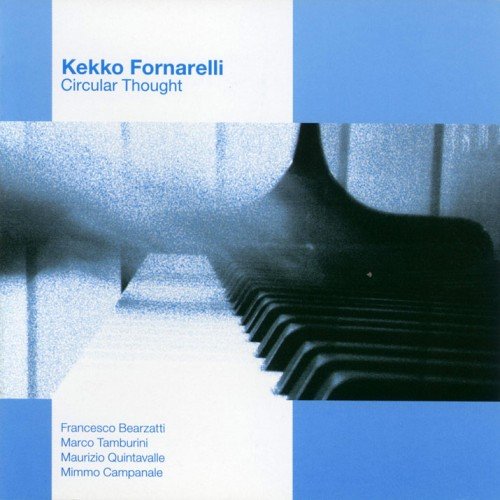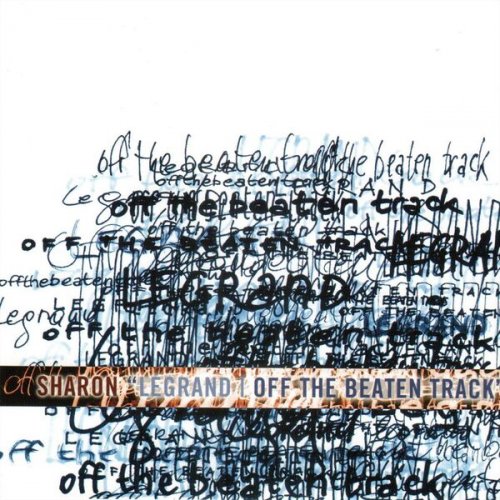Hagaï Shaham, Arnon Erez - Hubay: Czárdas Scenes; Hungarian Poems (2004)
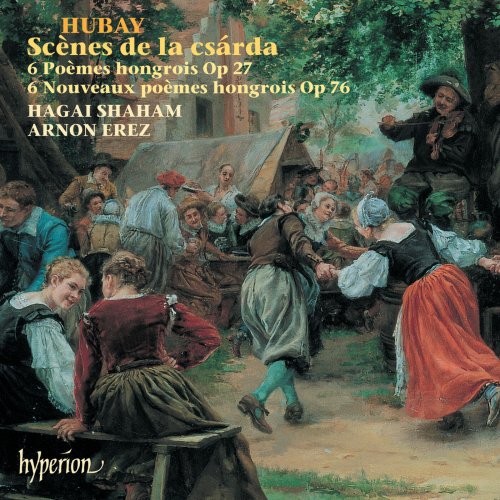
Artist: Hagaï Shaham, Arnon Erez
Title: Hubay: Czárdas Scenes; Hungarian Poems
Year Of Release: 2004
Label: Hyperion
Genre: Classical
Quality: flac lossless (tracks) +Booklet
Total Time: 02:30:01
Total Size: 699 mb
WebSite: Album Preview
TracklistTitle: Hubay: Czárdas Scenes; Hungarian Poems
Year Of Release: 2004
Label: Hyperion
Genre: Classical
Quality: flac lossless (tracks) +Booklet
Total Time: 02:30:01
Total Size: 699 mb
WebSite: Album Preview
CD1
01. Hubay: Scènes de la csárda No. 1, Op. 9
02. Hubay: Scènes de la csárda No. 2 "Kis furulyám", Op. 13
03. Hubay: Scènes de la csárda No. 3 "Maros vize", Op. 18
04. Hubay: Scènes de la csárda No. 4 "Hejre Kati", Op. 32
05. Hubay: Scènes de la csárda No. 5 "Hullámzó Balaton", Op. 33
06. Hubay: Scènes de la csárda No. 6 "Sárga cserebogár", Op. 34
07. Hubay: Scènes de la csárda No. 7 "Kosuth nóta", Op. 41
08. Hubay: Scènes de la csárda No. 8 "Azt mondják", Op. 60
09. Hubay: Scènes de la csárda No. 9 "Czinka Panna nótája", Op. 65
10. Hubay: Scènes de la csárda No. 10 "Szalatnai emlék", Op. 69
CD2
01. Hubay: Scènes de la csárda No. 11 "Szomorúfüz hervadt lombja", Op. 82
02. Hubay: Scènes de la csárda No. 12 "Piczi tubiczám", Op. 83
03. Hubay: Scènes de la csárda No. 13, Op. 102
04. Hubay: Scènes de la csárda No. 14 "On the Themes of Lavotta", Op. 117
05. Hubay: 6 Poèmes hongrois, Op. 27: No. 1 in D Minor
06. Hubay: 6 Poèmes hongrois, Op. 27: No. 2 in D Major
07. Hubay: 6 Poèmes hongrois, Op. 27: No. 3 in A Major
08. Hubay: 6 Poèmes hongrois, Op. 27: No. 4 in A Minor
09. Hubay: 6 Poèmes hongrois, Op. 27: No. 5 in B-Flat Major
10. Hubay: 6 Poèmes hongrois, Op. 27: No. 6 in B-Flat Major
11. Hubay: 6 Nouveaux poèmes hongrois, Op. 76: No. 1 in C Major
12. Hubay: 6 Nouveaux poèmes hongrois, Op. 76: No. 2 in E Major
13. Hubay: 6 Nouveaux poèmes hongrois, Op. 76: No. 3 in B Minor
14. Hubay: 6 Nouveaux poèmes hongrois, Op. 76: No. 4 in A Major
15. Hubay: 6 Nouveaux poèmes hongrois, Op. 76: No. 5 in F Major
16. Hubay: 6 Nouveaux poèmes hongrois, Op. 76: No. 6 in D Minor
The late-nineteenth-century view of Hungarian folk music was coloured by two popular sets of works: Franz Liszt’s Hungarian Rhapsodies and Johannes Brahms’s Hungarian Dances. At the time it was believed that Hungarian music derived from the folk music of the peasants and, in particular, the gypsies. Furthermore, Liszt’s book Des Bohémiens et de leur musique en Hongrie (‘The gypsies and their music in Hungary’), written in 1859, helped spread this idea further.
In fact, much of what was popularized as ‘gypsy’ music had its origins in the popular music of the middle classes rather than in the true Magyar folk tradition. The majority employed popular melodies of the early nineteenth century, often drawn from bands as well as from operatic and stage music by composers such as Ignác Bognár, Miska Borzó, Béni Egressy, Béla Kéler, N Mérty, Adolf Nittinger, Kálmán Simonffy, Elemér Szentirmay, Lujza Oláh, János Lavotta and János Bihari. Only after the rigorous ethnomusicological research into Hungarian folk music pioneered by Bartók and Kodály in the early twentieth century was a true distinction made between ‘genuine’ and ‘pastiche’ gypsy music.
Nevertheless, from the mid-nineteenth century onwards, gypsy bands became extremely popular, especially in restaurants and taverns. These ensembles were usually made up of a principal violin (the ‘prímás’), a double bass (or cello) and a cimbalom (a stringed instrument played with two wooden hammers). Other instruments, such as the ‘tárogató’ (a relative of the clarinet family) and a second violin or viola, were sometimes added. At times these ensembles could be expanded to as many as one hundred members. This ‘gypsy’ music provided a worthy source of entertainment for the middle classes, and one particular form, the csárdas, became fashionable at aristocratic balls (such as Prince Orlofsky’s party depicted in Act II of Johann Strauss’s Die Fledermaus).
Hubay’s Scènes de la csárda follow Liszt’s model and were composed over a period of forty years, from 1879 until 1920. They were intended for the composer’s own use, both in concert performance and for teaching. Originally written for violin and piano, some were later orchestrated by the composer, and many of them were dedicated to prominent violinists as well as other important contemporary figures.
Hubay composed two sets of Poèmes hongrois. Opus 27, the first of them, was composed in 1885. The set of six short pieces based on popular, folk-like melodies is dedicated to the Czech violinist František Ondrícek; each individual piece is dedicated to a violinist or a friend.
The Nouveaux poèmes hongrois are dedicated to the violinist Jaques Thibaud. The subtitle ‘On popular themes’ indicates the origin of the melodies. Unlike the first, this second set of Poèmes is highly elaborate and uses more than one melody in most of the pieces. It was written during a prolific period for the composer in 1899 as his Opus 76.


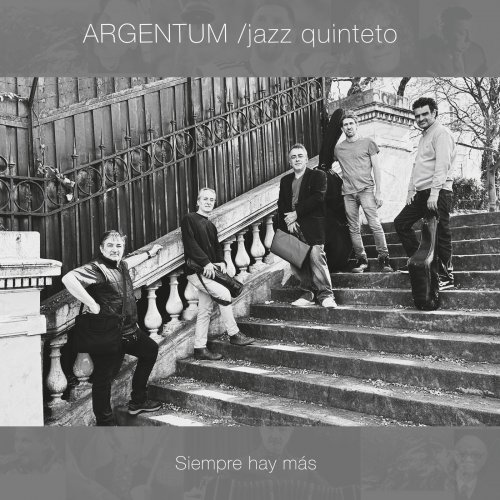
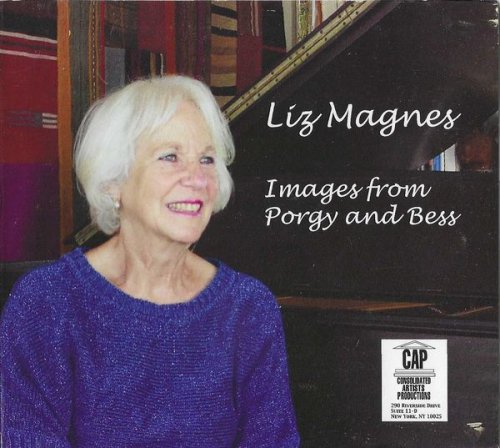
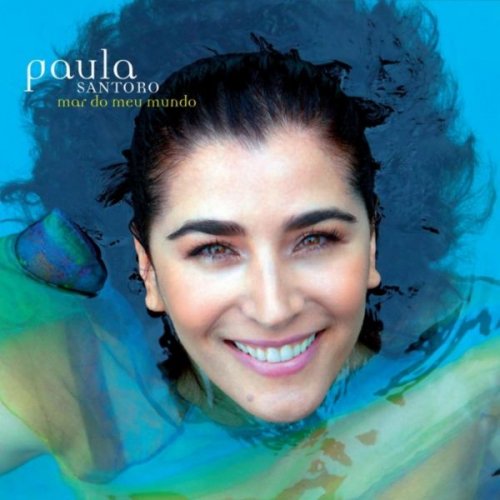
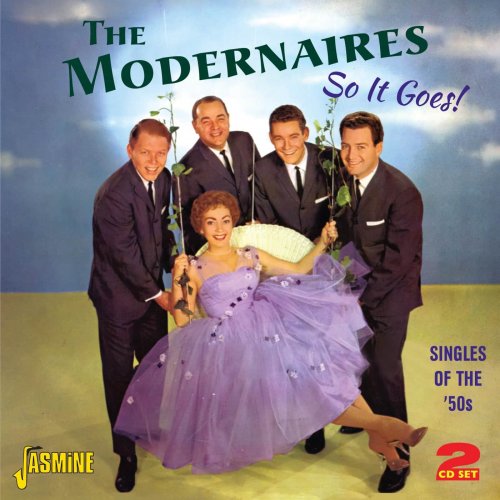
![Rachel Kitchlew, SFJ - Flirty Ghost (2025) [Hi-Res] Rachel Kitchlew, SFJ - Flirty Ghost (2025) [Hi-Res]](https://www.dibpic.com/uploads/posts/2025-12/1765896408_qvf41hr1ljj8a_600.jpg)
